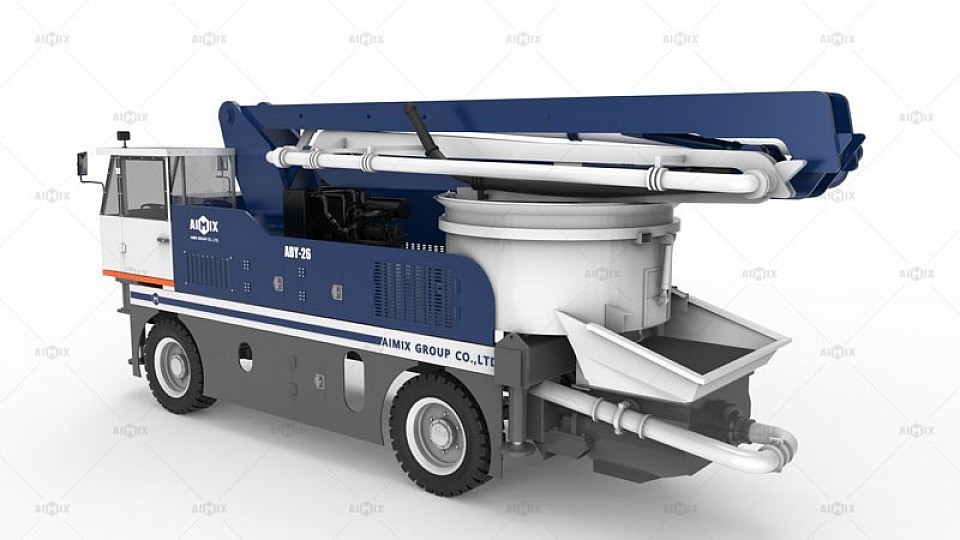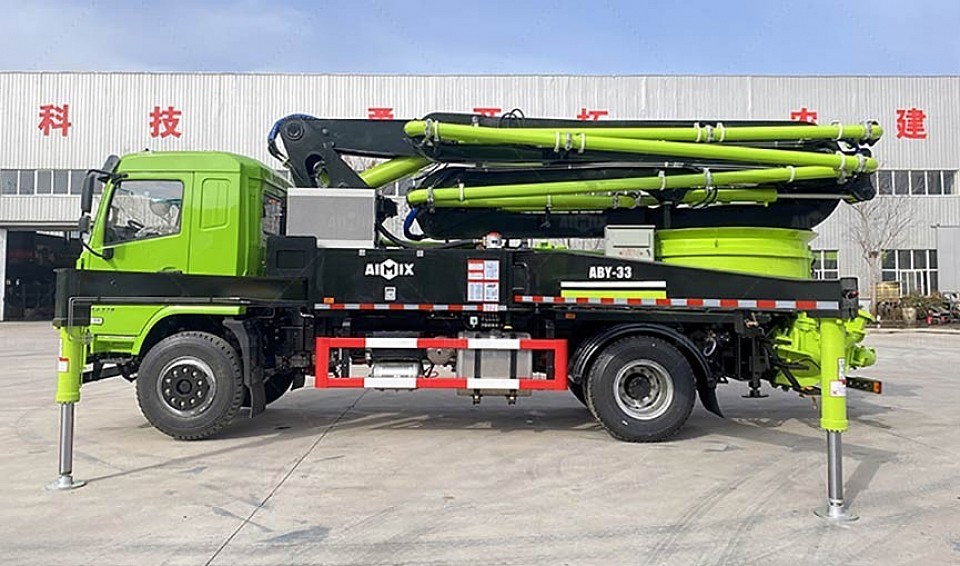Concrete Boom Pumps for Skyscrapers: How They Reach 50+ Floors Efficiently
In the heart of every skyline-shaping construction project lies a quiet marvel of engineering — the concrete boom pump. As cities grow denser and taller, with structures frequently soaring beyond 50 stories, delivering concrete to such heights presents both a logistical and mechanical conundrum. Traditional pumping methods simply can't keep up. Gravity, pressure loss, and human limitations form a trinity of obstacles that often stall progress. For high-rise builds, these delays aren’t just inconvenient — they’re costly and dangerous.
Skyscraper construction demands an uninterrupted flow of fresh concrete, often under tight scheduling constraints. Elevators and cranes can’t handle such volume or weight consistently, and bucket lifts are painfully slow. In this vertical battleground, the concrete boom pump has emerged as the industry’s indispensable ally — built not just for reach, but for performance at altitude.
Breaking the Vertical Barrier
What makes a concrete boom pump an engineering marvel isn’t just its raw height capability — it’s the grace and precision with which it performs. Equipped with multi-section, Z- or R-fold articulated arms, truck mounted concrete boom pumps are designed to snake through tight spaces, bypass structural obstructions, and place concrete exactly where it’s needed — even at 200 meters above ground.
At the core of this power is an intricate blend of high-pressure hydraulic systems and digital feedback control units. Sensors detect resistance, flow, and even tremors within the structure to continuously adapt the delivery pressure. This orchestration ensures that the concrete mix retains its workability — no segregation, no premature setting, and no delays. Operators stationed at a ground-level console or remotely from the building core can control the boom’s every motion with pinpoint accuracy.
Even more impressive is how these pumps are mounted on mobile truck units that arrive, deploy, and begin operation within minutes. Their compact footprints make them ideal for dense city environments, where space is scarce and time is currency.
Jobsite Advantages That Change the Game
Speed is one of the most visible gains when boom pumps are used for skyscraper work, but it's just the tip of the rebar. With fewer manual laborers needed to haul concrete up multiple floors, worksite safety dramatically improves. Accidents caused by crane loads, bucket drops, or extended manual carrying are nearly eliminated.
This mechanized efficiency also frees up the workforce to focus on precision placement and quality finishing rather than repetitive transport tasks. The consistency of concrete flow — essential for structural integrity — is easier to maintain when a boom concrete pump machine handles the entire pour from base to beam.
In dense urban hubs like Singapore, Dubai, and New York, boom pumps have transformed the tempo of high-rise development. Projects that once required multiple pour days can now complete an entire floor slab in a single shift. This acceleration translates to earlier occupancy, faster returns for investors, and reduced disruption for surrounding neighborhoods.
Whether navigating the narrow alleys of a congested metro or extending gracefully to the 60th floor, boom pumps represent more than just reach. They embody the fusion of strength, adaptability, and intelligence — exactly what modern architecture demands.
Concrete boom pumps haven’t just enabled skyscrapers. They’ve empowered the very idea of building upward without limits.


